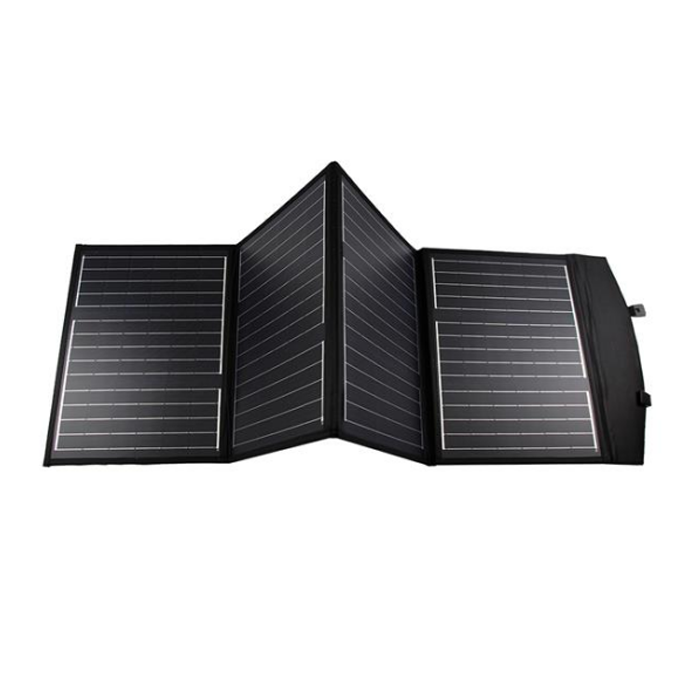Identifying minerals can seem like a daunting task, especially for beginners in geology or hobbyists exploring the natural world. However, with the right techniques and a systematic approach, anyone can learn to identify minerals with relative ease. This article delves into the simplest and most effective methods for mineral identification, providing practical tips and insights that cater to both novices and seasoned enthusiasts.
Understanding the Basics of Mineral Identification
Before diving into identification techniques, it's essential to grasp what constitutes a mineral. Minerals are naturally occurring, inorganic solids with a definite chemical composition and crystalline structure. The vast array of minerals can be categorized based on their physical and chemical properties, which serve as the foundation for identification.
Key Characteristics for Mineral Identification
To identify a mineral accurately, one must observe several key characteristics:
- Color: While color can be a helpful initial indicator, it is often misleading due to impurities and variations within the same mineral. Therefore, it should be used cautiously.
- Streak: The streak of a mineral is the color of its powder when scraped against a porcelain plate. This property can provide a more reliable identification clue than color alone.
- Luster: Luster describes how light interacts with the surface of a mineral. It can be categorized as metallic, glassy, pearly, or dull, among others.
- Hardness: The Mohs scale of mineral hardness ranges from 1 (talc) to 10 (diamond). Testing a mineral's hardness by scratching it against common objects can help narrow down possibilities.
- Cleavage and Fracture: Cleavage refers to how a mineral breaks along specific planes of weakness, while fracture describes the irregular breakage. Observing these patterns can aid in identification.
- Specific Gravity: This property measures the density of a mineral relative to water. While it may require more sophisticated tools, it can be a definitive characteristic for some minerals.
The Easiest Way to Identify a Mineral: A Step-by-Step Guide
- Gather Basic Tools: Equip yourself with essential tools such as a hand lens, streak plate, hardness kit, and a notebook for recording observations.
- Initial Observation: Start by examining the mineral's color, luster, and transparency. Take notes on your observations, as these will guide your identification process.
- Conduct a Streak Test: Use a streak plate to determine the mineral's streak color. This test can often eliminate several possibilities right away.
- Test Hardness: Use the Mohs hardness scale to test the mineral against common materials (e.g., fingernail, copper penny, glass). Record the results to help narrow down your options.
- Examine Cleavage and Fracture: Carefully observe how the mineral breaks. Does it have smooth, flat surfaces (cleavage) or jagged edges (fracture)? Document your findings.
- Measure Specific Gravity: If you have access to a balance and a graduated cylinder, you can measure the mineral's specific gravity for a more precise identification.
- Consult Reference Materials: Use mineral identification guides or apps to compare your observations with known minerals. Many resources include images and descriptions that can help confirm your findings.
Utilizing Technology for Mineral Identification
In today's digital age, technology can significantly enhance the mineral identification process. Mobile apps and online databases allow users to input their observations and receive instant feedback on potential matches. Additionally, social media platforms and online forums provide communities where enthusiasts can share their findings and seek advice.
Conclusion: Embracing the Journey of Mineral Identification
Identifying minerals is not only a scientific endeavor but also an exciting journey into the natural world. By employing systematic techniques and leveraging technology, anyone can develop the skills necessary to recognize and appreciate the diverse array of minerals that our planet has to offer. Whether you're a budding geologist, a nature enthusiast, or simply curious about the world around you, mastering the art of mineral identification can deepen your understanding and appreciation of Earth's treasures.

